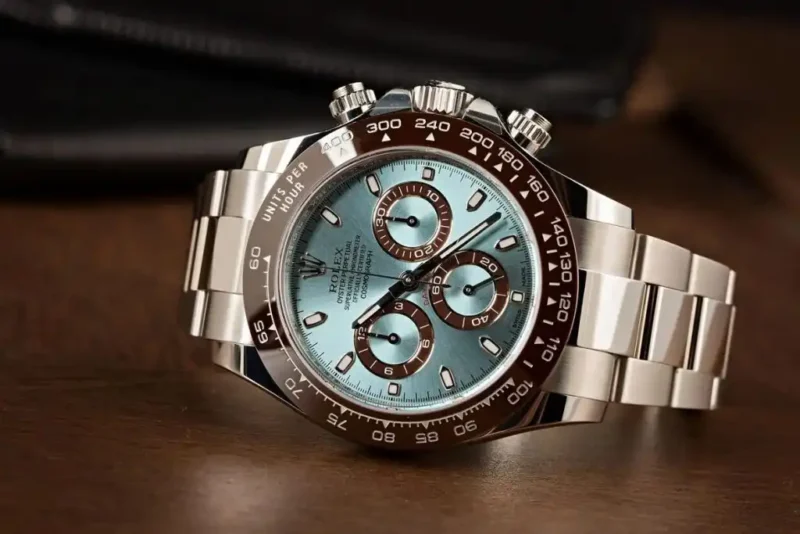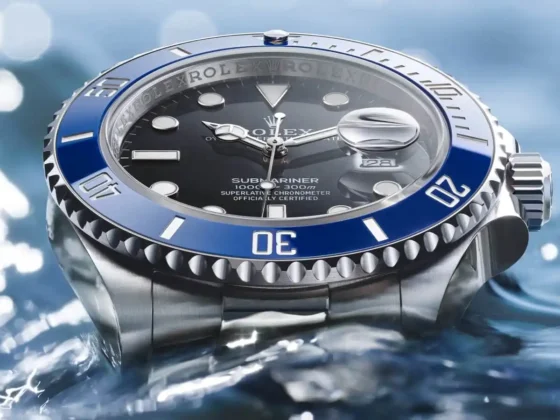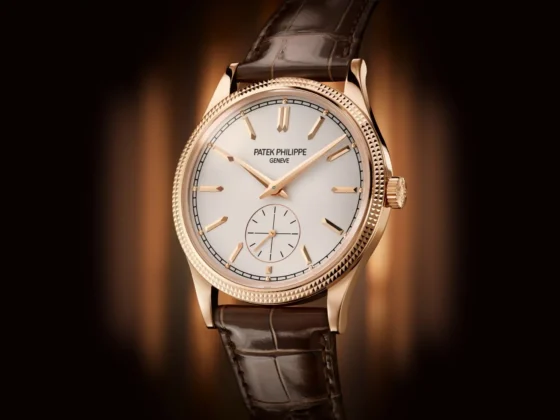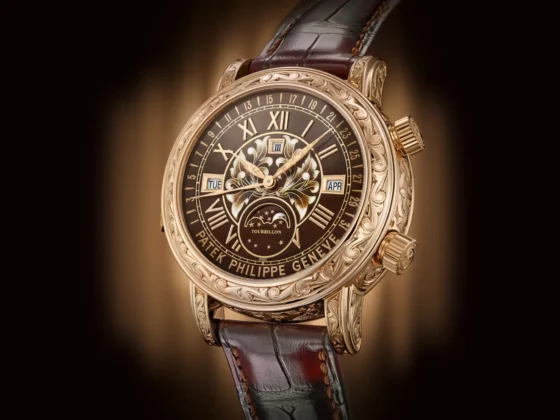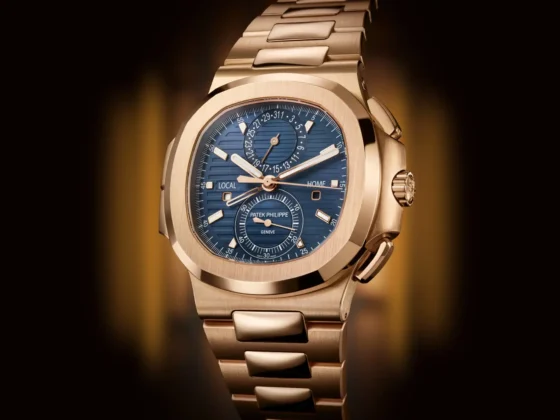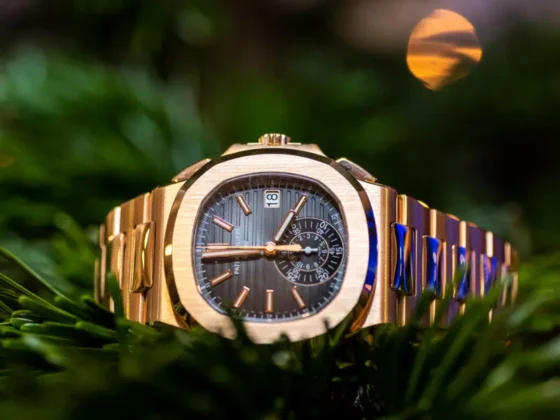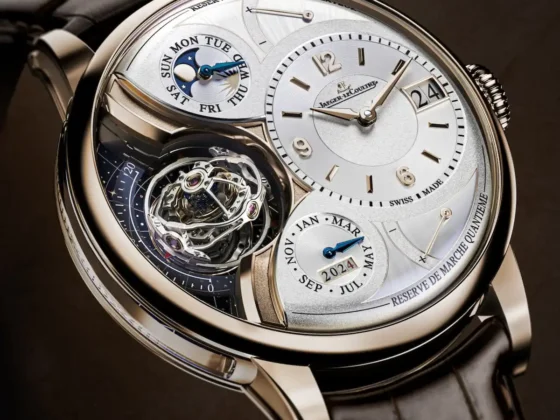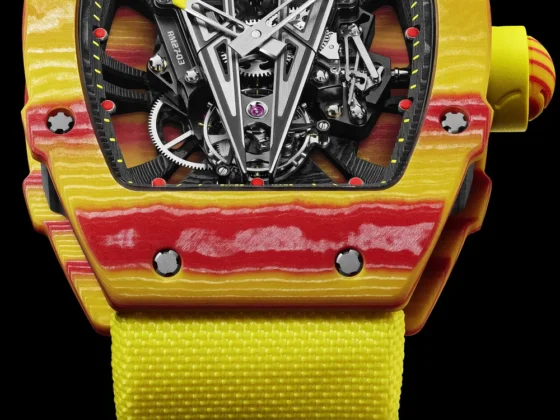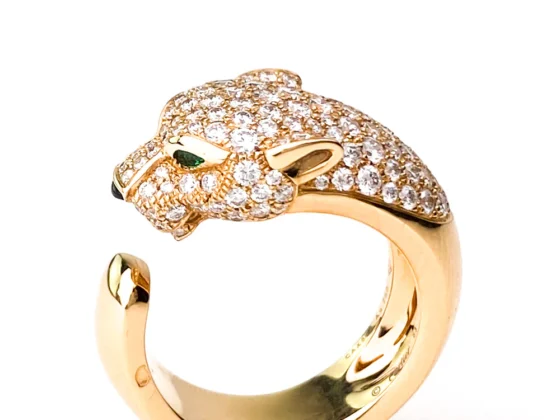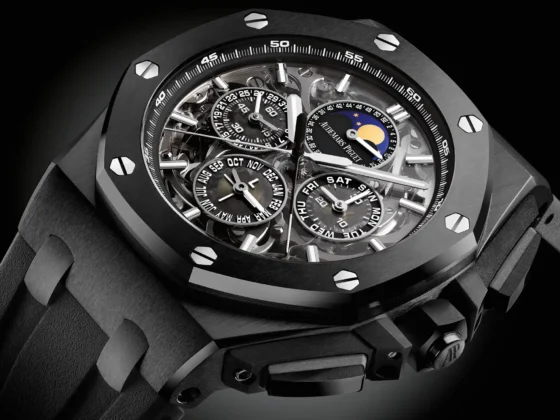The Rolex Daytona is not just a watch; it’s a symbol of precision, speed, and exclusivity. Originally designed for professional racecar drivers, the Daytona has evolved from a tool watch into one of the most coveted chronographs in the world. With its distinctive design, association with motorsports, and cultural cachet, the Daytona represents the pinnacle of Rolex craftsmanship. This article takes a deep dive into the history, design evolution, and enduring appeal of the Rolex Daytona.
Origins: Born for the Track
The Rolex Daytona’s journey began in the early 1960s, a time when motorsports were gaining popularity and precision timing was critical for success on the racetrack. Rolex, known for its robust and reliable timepieces, saw an opportunity to cater to professional drivers by creating a chronograph specifically designed for racing.
Introduced in 1963, the Rolex Cosmograph Daytona was named after the famous Daytona International Speedway in Florida, a site synonymous with speed and endurance racing. The watch was equipped with a tachymeter scale on the bezel, allowing drivers to measure speed based on elapsed time, a crucial feature for motorsports enthusiasts.

The Early Years: Manual Wind Movements
The first generation of the Daytona, often referred to as the Pre-Daytona, featured manually wound chronograph movements. Rolex used the Valjoux 72 movement, a reliable workhorse known for its accuracy. These early Daytonas had relatively simple designs, with a focus on functionality over aesthetics. The dials were clean and uncluttered, with contrasting subdials for legibility during high-speed races.
Despite its functional excellence, the Daytona struggled to gain immediate commercial success in its early years. Collectors at the time favored other chronographs, and it wasn’t until years later that the Daytona would find its place as a coveted collector’s item.
Paul Newman and the Daytona Renaissance
A significant turning point for the Daytona came in the 1980s, when the watch became associated with actor and racecar driver Paul Newman. Newman was often photographed wearing a distinctive version of the Daytona with an exotic dial, now known as the Paul Newman Daytona. His association with the watch elevated its status from a utilitarian tool to a symbol of style, sophistication, and speed.
Newman’s personal Daytona, a reference 6239, was auctioned in 2017 for a staggering $17.8 million, making it one of the most expensive wristwatches ever sold. This auction not only cemented the Daytona’s place in horological history but also sparked a renewed interest in vintage Daytonas, driving prices up in the collector’s market.
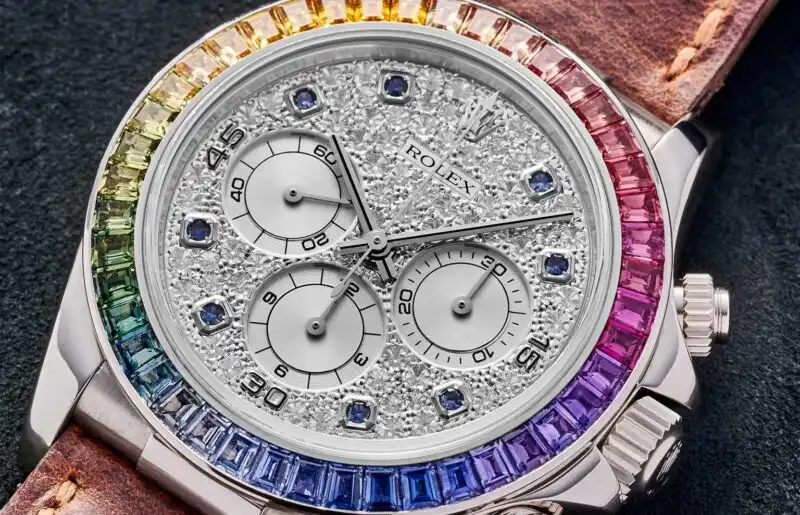
The Zenith Era: Automatic Movements Arrive
In 1988, Rolex made a significant shift by introducing the first automatic Daytona, powered by the Zenith El Primero movement. The El Primero was regarded as one of the best chronograph movements in the world, with an impressive high-beat frequency of 36,000 vibrations per hour. Rolex modified the movement, reducing the beat rate to 28,800 vibrations per hour for increased reliability and longevity.
This new generation of Daytonas, often referred to as the Zenith Daytonas, featured updated aesthetics, including a larger 40mm case size, sapphire crystal, and screw-down pushers, which improved the watch’s water resistance. The automatic movement made the Daytona more accessible to a broader audience, and its popularity surged during the 1990s.
The In-House Movement: Rolex Caliber 4130
In 2000, Rolex introduced the Daytona with its first in-house chronograph movement, the Caliber 4130. This movement was a milestone for Rolex, as it demonstrated the brand’s commitment to vertical integration and mastery of watchmaking. The Caliber 4130 was lauded for its technical advancements, including a reduction in the number of components for increased reliability, a larger mainspring for an extended power reserve, and a Parachrom hairspring for improved resistance to shocks and temperature variations.
With this new movement, Rolex further refined the Daytona’s design. The subdials were rearranged, with the running seconds moved to the 6 o’clock position, and the watch retained its signature tachymeter bezel, a feature that had become synonymous with the Daytona’s racing heritage.
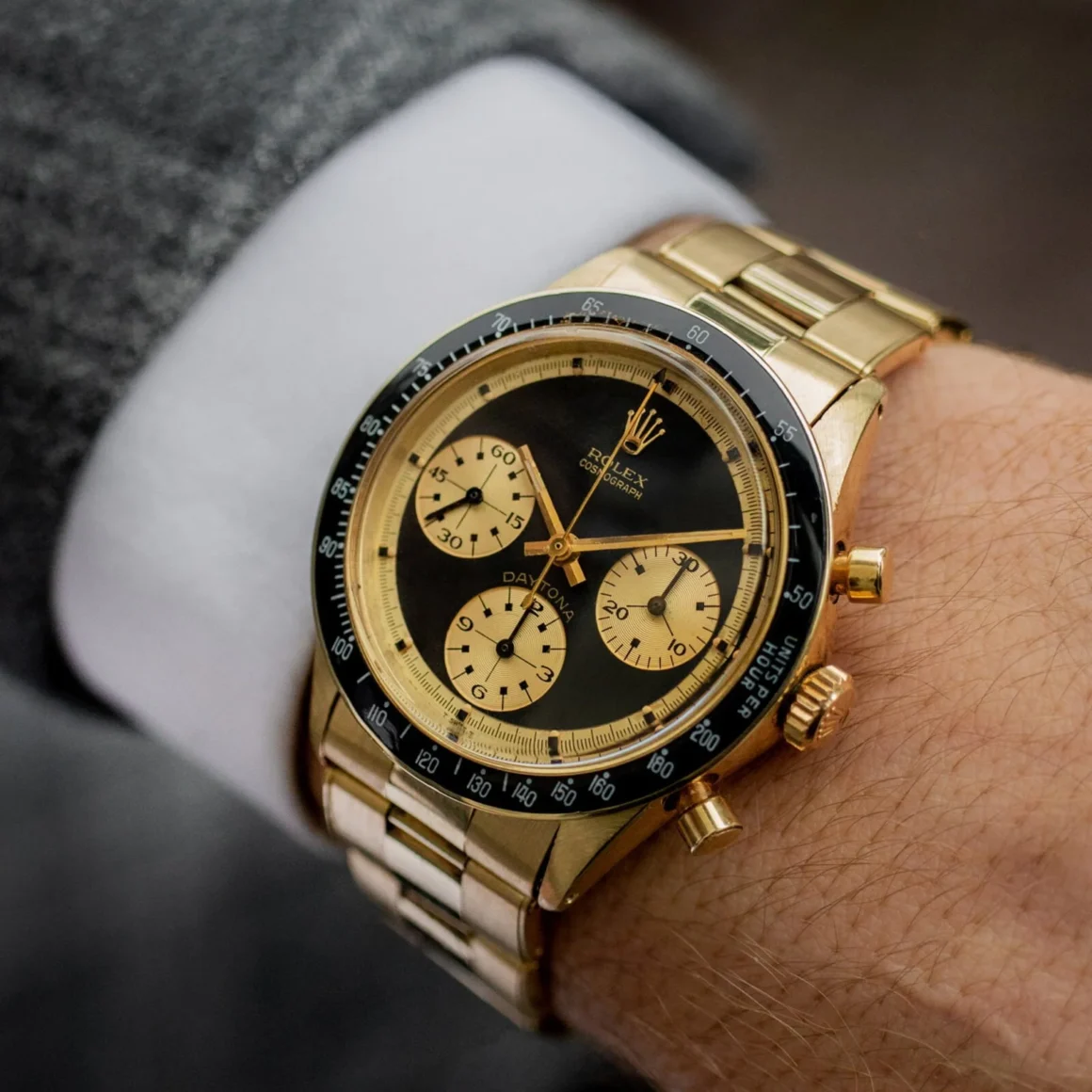
The Modern Daytona: Cerachrom and Beyond
In 2016, Rolex introduced the Daytona 116500LN, a model that featured the brand’s proprietary Cerachrom bezel. This ceramic bezel was not only highly scratch-resistant but also resistant to fading, ensuring that the watch’s aesthetic appeal would endure for decades. The Cerachrom bezel also added a modern touch to the Daytona’s design, giving it a sleek, polished look while retaining the vintage-inspired tachymeter scale.
This new generation of Daytonas maintained the 40mm case size and the in-house Caliber 4130 movement but offered a more contemporary take on the classic design. The white and black dial versions, often referred to as the Panda and Reverse Panda, became instant hits among collectors and enthusiasts alike.
The Daytona’s Enduring Appeal: More Than a Watch
Today, the Rolex Daytona stands as one of the most desirable watches in the world. Its combination of historical significance, technical excellence, and cultural association with speed and style has made it a grail piece for collectors. Limited production and high demand have only fueled the Daytona’s allure, with waiting lists spanning years for new models and vintage references fetching record prices at auction.
The Daytona’s enduring appeal lies in its ability to transcend its origins as a tool watch. While it was designed with professional racecar drivers in mind, it has become a symbol of success, adventure, and precision. Whether worn on the racetrack, in the boardroom, or at a formal event, the Daytona exudes a sense of luxury and accomplishment that few other watches can match.
Conclusion: A Legacy of Speed and Precision
The Rolex Daytona’s evolution from a practical racing tool to a cultural icon is a testament to Rolex’s ability to create timepieces that stand the test of time. With its rich heritage, technical advancements, and associations with legends like Paul Newman, the Daytona has earned its place as one of the most sought-after watches in the world.
As Rolex continues to innovate, the Daytona remains a symbol of the brand’s commitment to precision, durability, and timeless design. For collectors and enthusiasts, owning a Daytona is not just about wearing a watch—it’s about being part of a legacy that spans decades of speed, style, and horological excellence.


